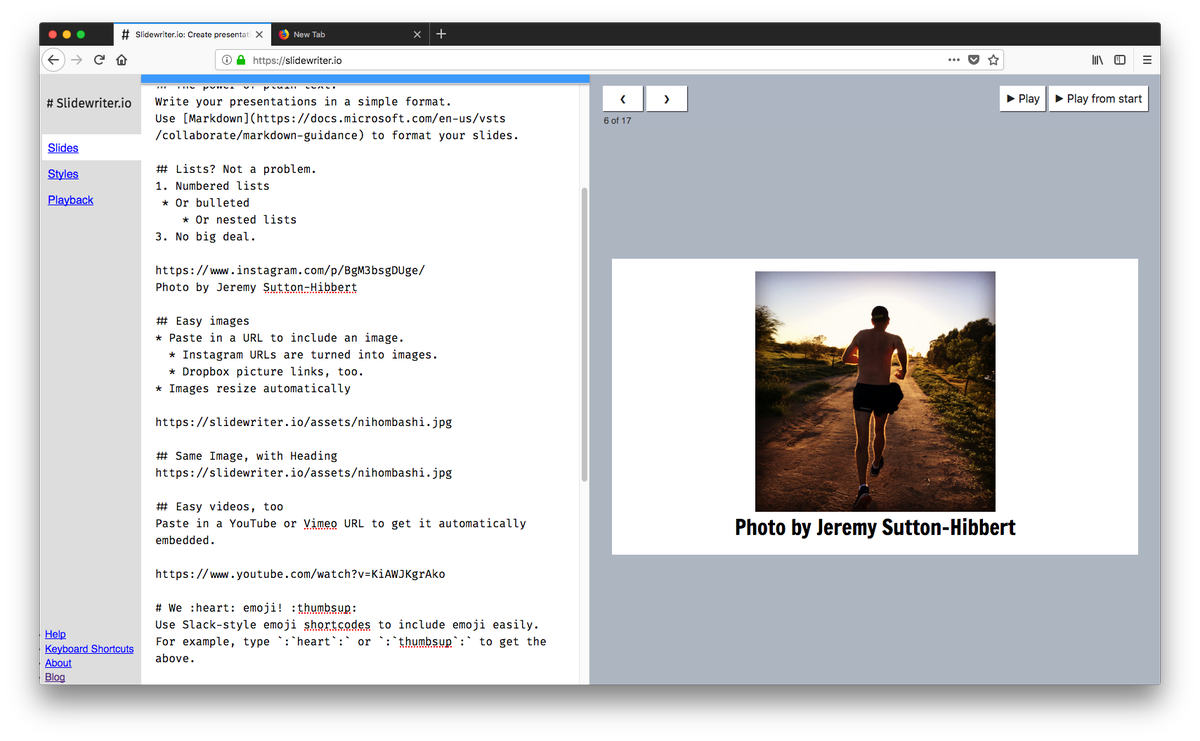

When de results are dichotomous variables. Of the therapy studies suppose to interpret many key parameters including theĪbsolute risk reduction, absolute risk increase, and absolute benefit increase Increase Absolute benefit increase Therapy studies assessment Obtains the best overall performance of computing confidence intervals forĬonfidence interval estimation Absolute risk reduction Absolute risk

The experiments shows that the ADAC, and ADAC1 methods Methods of computing confidence intervals for absolute risk reduction andĪbsolute risk reduction-like functions were assessed using random binomial Relative to the imposed significance level for specified sample sizes. Uses the experimental errors, the standard deviations, and the deviation Intervals for absolute risk reduction and absolute risk reduction – likeĬomputer implementations of the methods use the PHP language. TheĪim of this paper is to introduce and assess nine methods of computing confidence Used is the asymptotic one, even if it is well know that may be inadequate. The absolute risk reduction is report with its confidence intervals, the method Reduces the risk for an undesirable outcome/event. The absolute risk reduction is compute when the experimental treatment Risk reduction is the parameter that allowed computing the number needed to Defined as theĭifference in the event rate between treatment and control groups, the absolute

When the effect of the treatment are dichotomous variables. Risk, absolute risk reduction, relative risk reduction, number needed to treat Parameters as the controlled event rate, experimental event date, relative
#Slidewrite plus 7 trial
Pharmacy, Cluj-Napoca, of a controlled clinical trial suppose to interpret some key


 0 kommentar(er)
0 kommentar(er)
